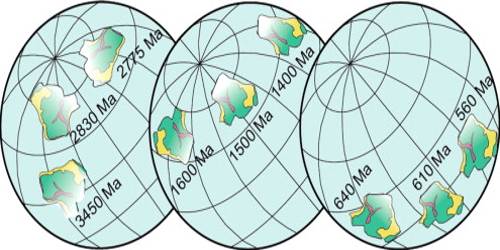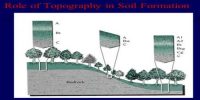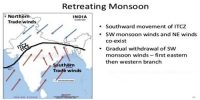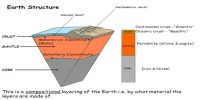Palaeomagnetism: The alignment in terms of inclination from horizon acquired by magnetically susceptible minerals in the rock during the period of their formation.
Paleomagnetism is the study of the evidence of the Earth’s magnetic area in rocks, sediment, or archeological substances. Definite minerals in rocks lock-in a record of the route and depth of the magnetic subject when they form. This file gives records at the past behavior of Earth’s magnetic subject and the past place of tectonic plates. The evidence of geomagnetic reversals preserved in volcanic and sedimentary rock sequences (magnetostratigraphy) affords a time-scale that is used as a geochronologic device. Geophysicists who concentrate on paleomagnetism are referred to as paleomagnetists.
Paleomagnetism is studied on a number of scales:
- Secular version research examines small-scale modifications in the direction and intensity of the Earth’s magnetic area. The magnetic north pole is constantly transferring relative to the axis of rotation of the Earth. Magnetism is a vector and so magnetic field version is made from palaeodirectional measurements of magnetic declination and magnetic inclination and palaeointensity measurements.
- Magnetostratigraphy uses the polarity reversal history of the Earth’s magnetic area recorded in rocks to decide the age of those rocks. Reversals have happened at abnormal durations for the duration of Earth history. The age and sample of these reversals is known from the examine of seafloor spreading zones and the courting of volcanic rocks.















